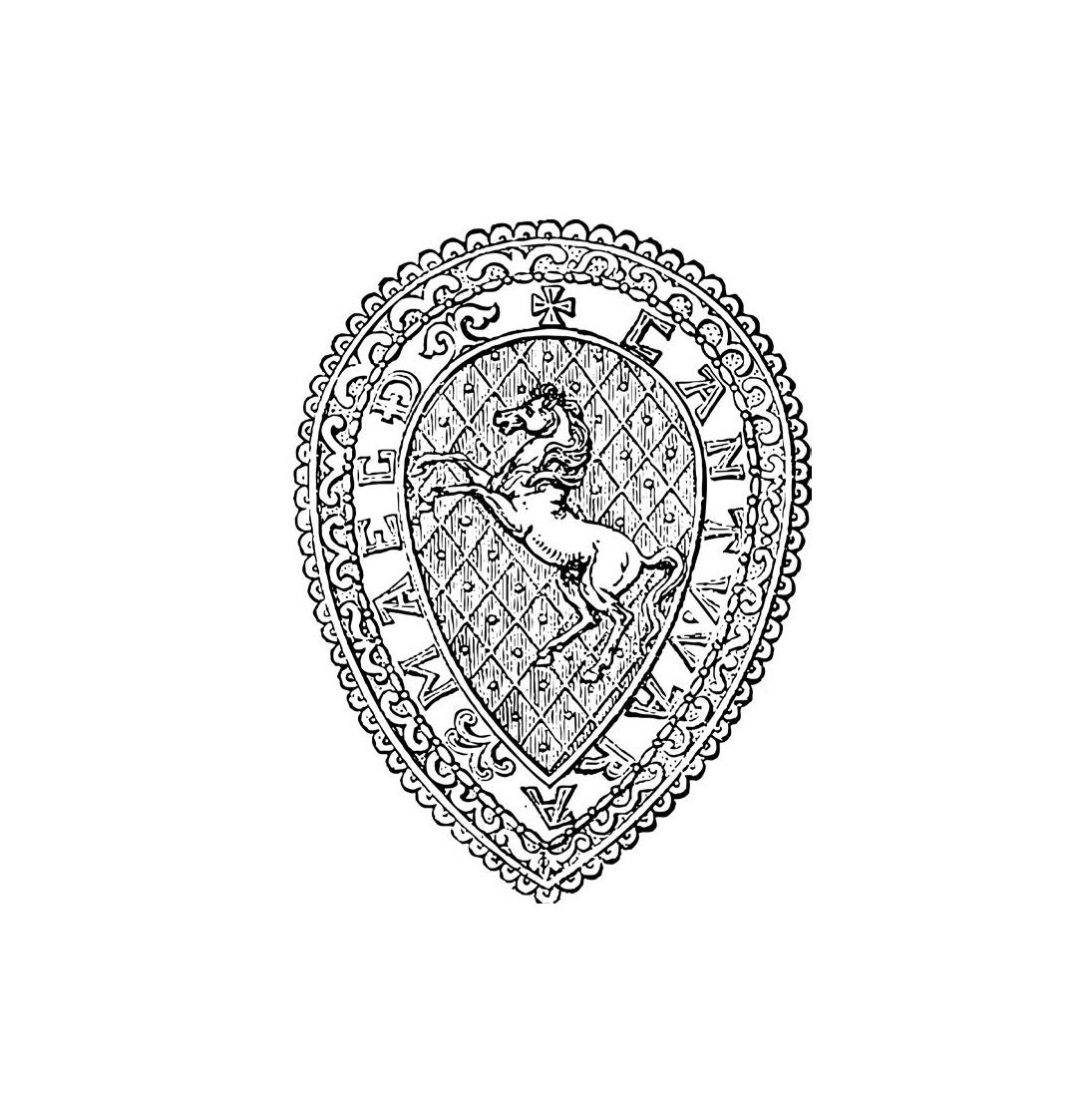
Two Kentish Hospitals Re-examined. Addenda and Corrigenda
Contributions to the next volume are welcome. See the guidance for contributors and contact Editor Jason Mazzocchi. Also see the guidance for peer review.
Search page
Search within this page here, search the collection page or search the website.
Two Kentish Carmelite Houses-Aylesford and Sandwich
An Acheulian Site at Cuxton
TWO KENTISH HOSPITALS RE-EXAMINED (Arch. Cant., lxxix, 31 ff.): ADDENDA AND CORRIGENDA (ALL EXCEPT (1) REFER TO NEW ROMNEY) (1) P. 33, top. The origin of Joldewin de Doe was probably Doue (Maine-et-Loire)1, not Douai. (2) P. 47 ff. Miss Murray's plan of the 1935 trenches has come to light and Miss Roper has kindly copied it. The following significant additions can now be marked on the published plans: (a) The solid brick tomb (M-D, dimensions and photograph in Arch. Cant., xlvii), which could not be found in 1959 because it was under the road-maker's spoil-heap, lay with its foot 7J ft. W. of the head of the brick-fined grave shown on Fig. 6 and on precisely the same E.-W. axis, the two tombs occupying much of the centre of the chapel proper. (b) Running 14 ft. N. of the gap (doorway) in the N. wall of the main building (B) was a strip of 'cement floor' up to 5 ft. wide, doubtless a path to the door. (o) The short (6-7 ft.) length of E.-W. walling (M-Fi) was not on the apparent N. or S. edge of the lime floor (marked by broken lines on Fig. 5) but running W. from a point on the heavier (E.) of the two N.-S. lines of rubble 26 ft. N. of the N. wall of (B), in the area badly disturbed by road-work before the 1959 excavation began. Its line was traced as a footing (or lime-floor of unknown width?) for another 23 ft. W. to a point 24 ft. N. of (B). Since no other lime flooring was observed so far W. in 1959 it would seem to represent a boundarywall or pentice. To interpret M-Fi as the division between the two service rooms bounded by the two lines of rubble would require the hall of the N. building (A) to run E.-W., which does not fit the N.E. distribution of kitchen-rubbish or the liturgical propriety of the lay-out. (3) P. 59. Figures 8 and 9 were inadvertently printed upside-down. (4) P. 60. Yet another headstone-cross, similar in size and detail to Fig. 9, is in Monk's Horton churchyard. S.E.R. 29
